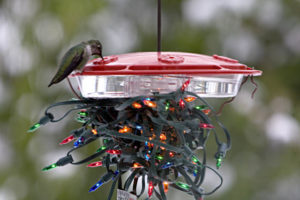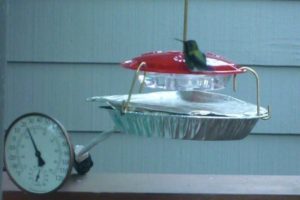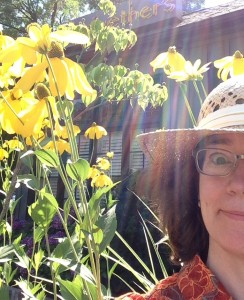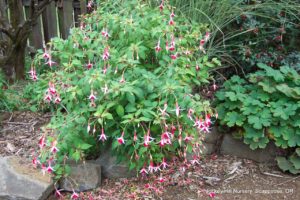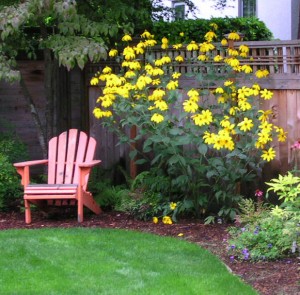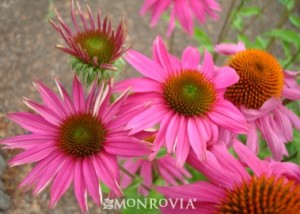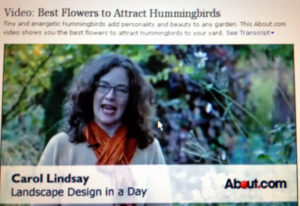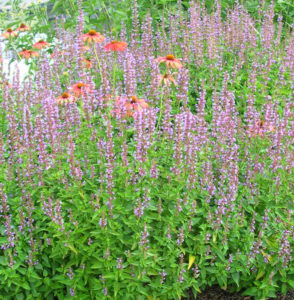During our recent cold spell I was reminded that our overwintering hummingbirds need support to survive. It’s so much fun to see them feeding on the bright red flowers of Camellia Sasanqua ‘Yultide’. I got an e-mail and photo from my client Lois showing me the numerous flowers and telling me how happy her hummingbirds were.
My client, Diane Nowicki, has had a hummingbird nest in her front yard, conveniently located a mere foot away from large windows. The nest is in her native Madrone tree, a tree her first landscape designer campaigned for over 20 years ago. I was thrilled to see this Madrone doing so well in an east exposure. Pacific Northwest Madrone, Arbutus Menziesii is one of my favorite trees.
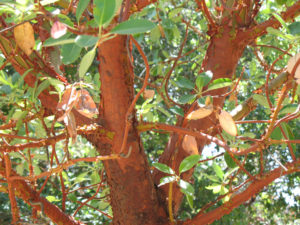
- Photo credit Watershed Nursery
It was very interesting to watch the daily doings of the mama hummer and her babies. Diane and her husband Ed also got to watch the mama hummer spread her wings and clamp them down over the nest during a wind storm. The nest was so small; it was bouncing up and down in the wind. The young hummers would have been bounced right out of the nest.
If you feed hummingbirds with sugar water, you have an obligation to continue in freezing weather as the birds become dependent on you. They do eat insects under the bark and wherever they can find them but to keep the sugar water viable, consider using Christmas lights to warm the liquid. Also, the chemical hand warmers can be tied to the tube and it is said this will keep the liquid from freezing for up to 7 hours. This photo shows a home owner supplied pie tin and everything else was purchased at Backyard Bird Shop.

